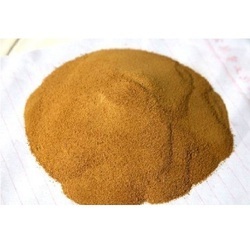Professional solutions on concrete addtives, Concrete Foaming Agent, Superplasticizer, CLC Blocks Additives, and foaming machine
(Concrete Early Strength)
concrete early strength
During the early stages of concrete curing, concrete experiences a tremendous amount of stress and strain. Testing the concrete during this period is essential to assure structural integrity and reduce the risk of failures down the road.
Tests during this period are called early-age strength tests or early-age concrete strength evaluations. They are usually performed at 7 and 28 days.
Early strength gain in normal concrete is mainly associated with the water/cement ratio of the mix. Mixes with lower water cement ratios gain strength more rapidly than those with higher water cement ratios.
The development of the compressive, flexural, and splitting tensile strengths of concrete is affected by a number of factors. These include water/cement ratio, curing conditions, and the admixture used in the mix.
Some of the more common admixtures used in high-strength concrete are accelerating admixtures that increase the rate of hydration and early strength development of the concrete. Examples of these admixtures are calcium chloride and ground granulated blast furnace slag.
Accelerating admixtures are effective in promoting the development of concrete’s early strength and can be added to the concrete during the preparation phase or post-placement. They also improve the workability of concrete by reducing the flash set time, which occurs when the water-cement paste transitions from the plastic to the rigid state.
High-strength concrete is increasingly being used in rapid form reuse, precast concrete for production of elements, cold-weather construction, and for fast repair of pavements to reduce traffic downtime. The high early strength of concrete is a benefit for these applications because it increases the load-carrying capacity of the structure and allows for more frequent repair of the pavement.
(Concrete Early Strength)






